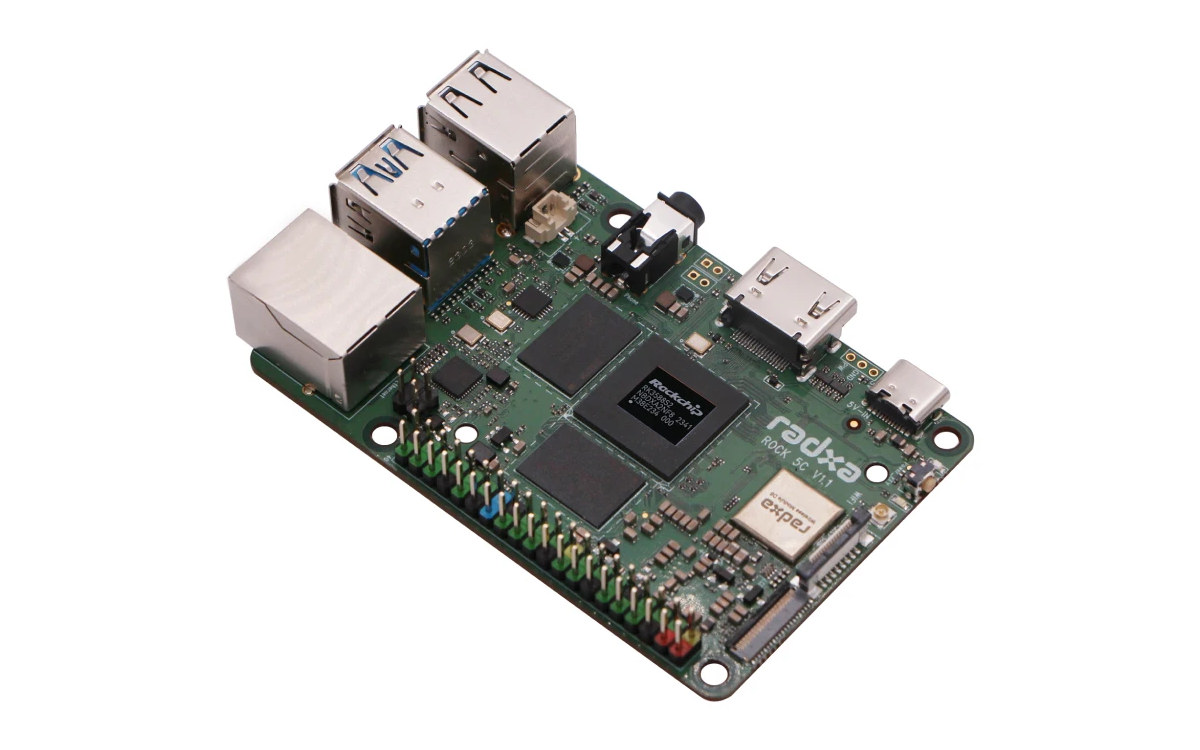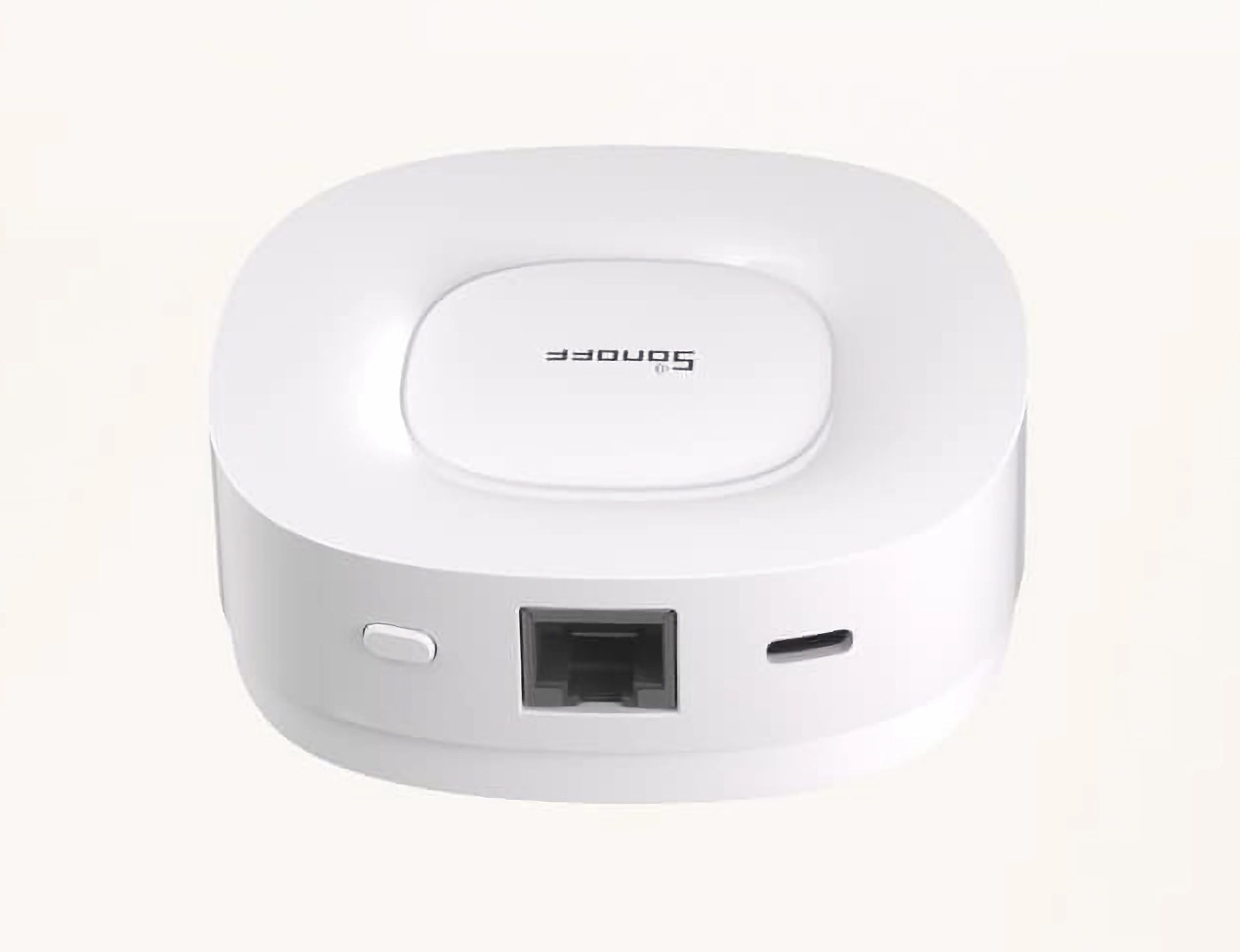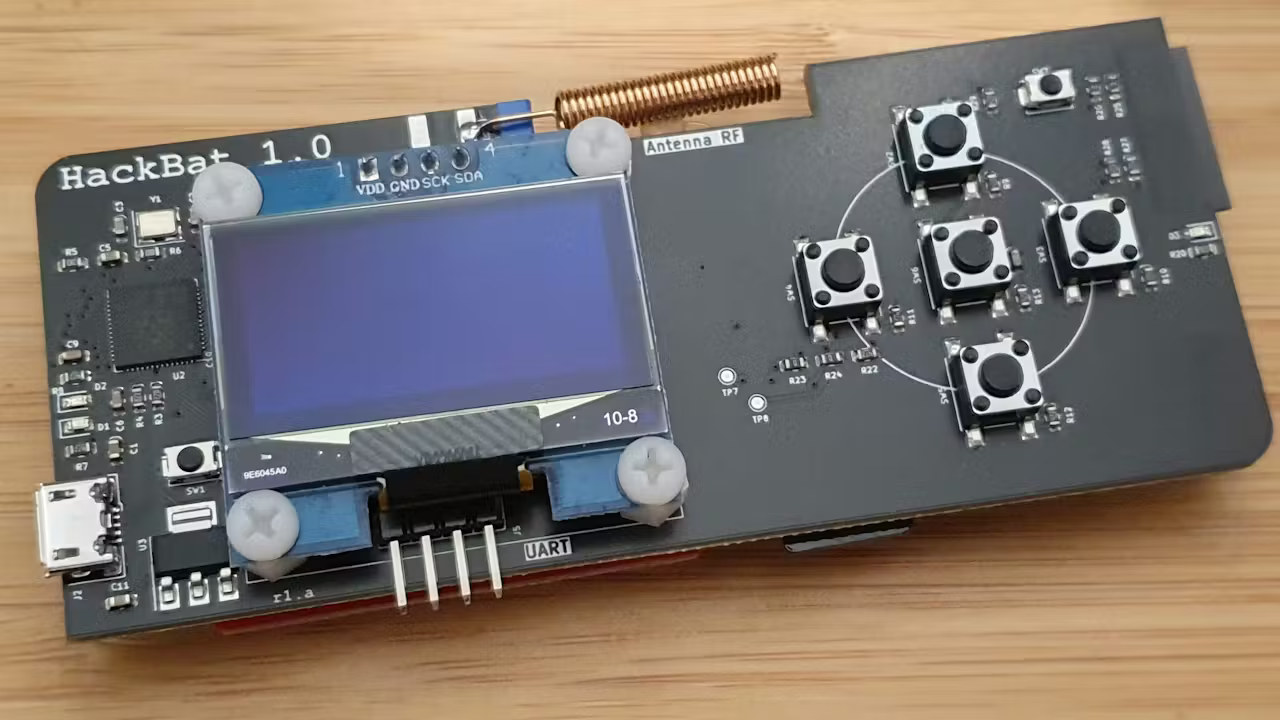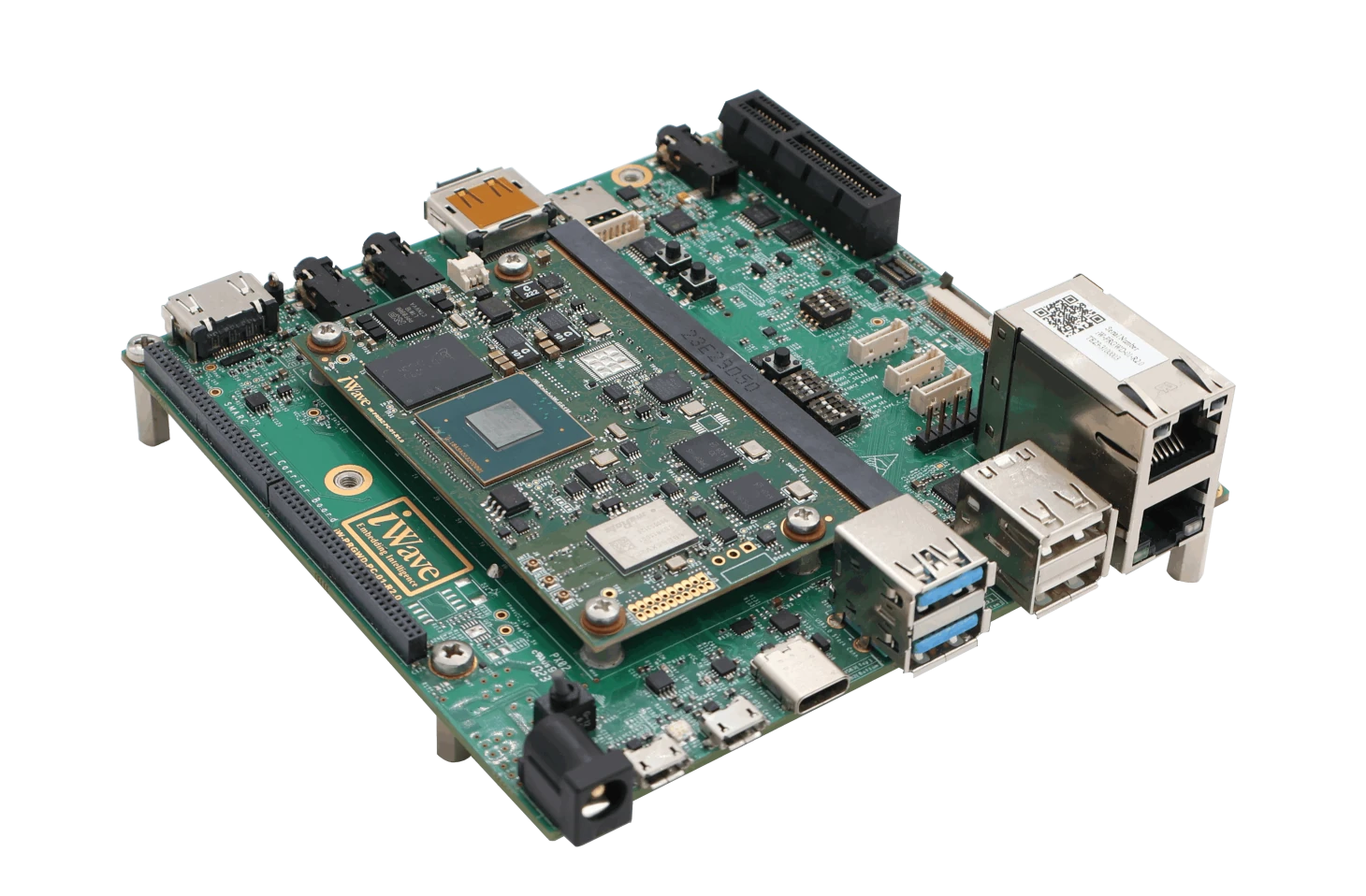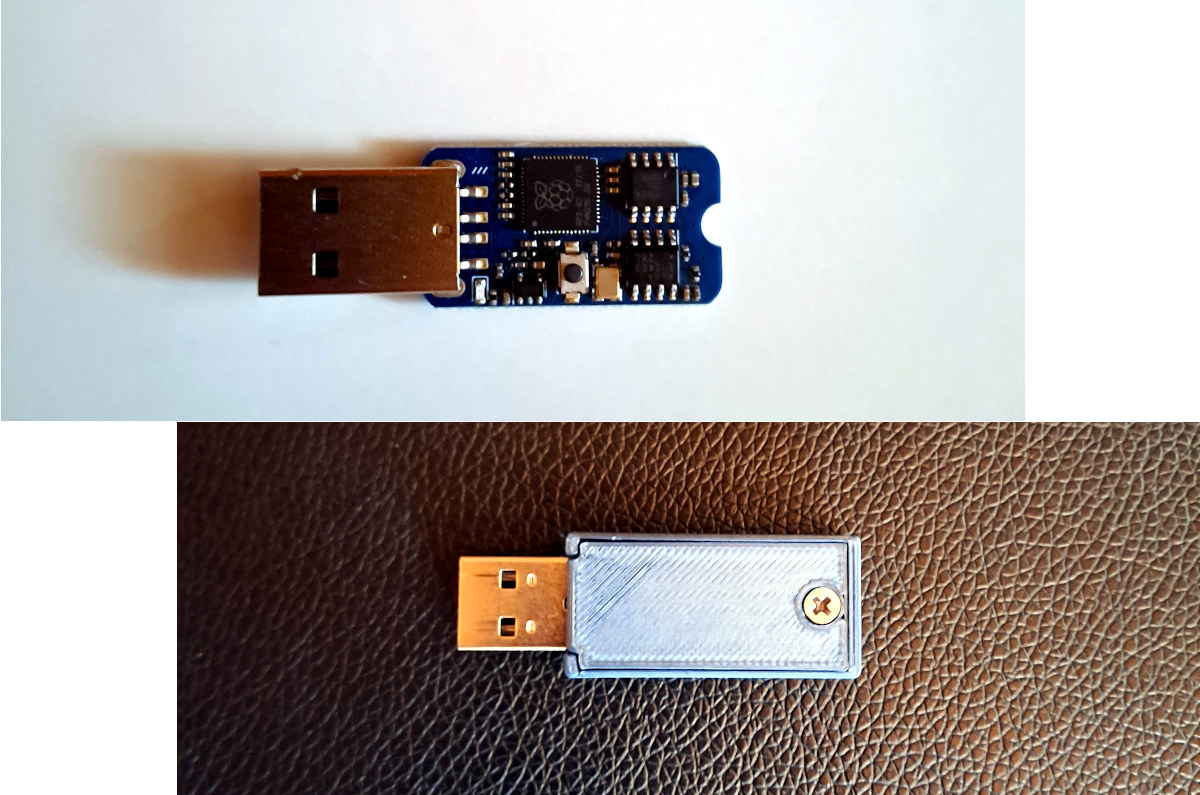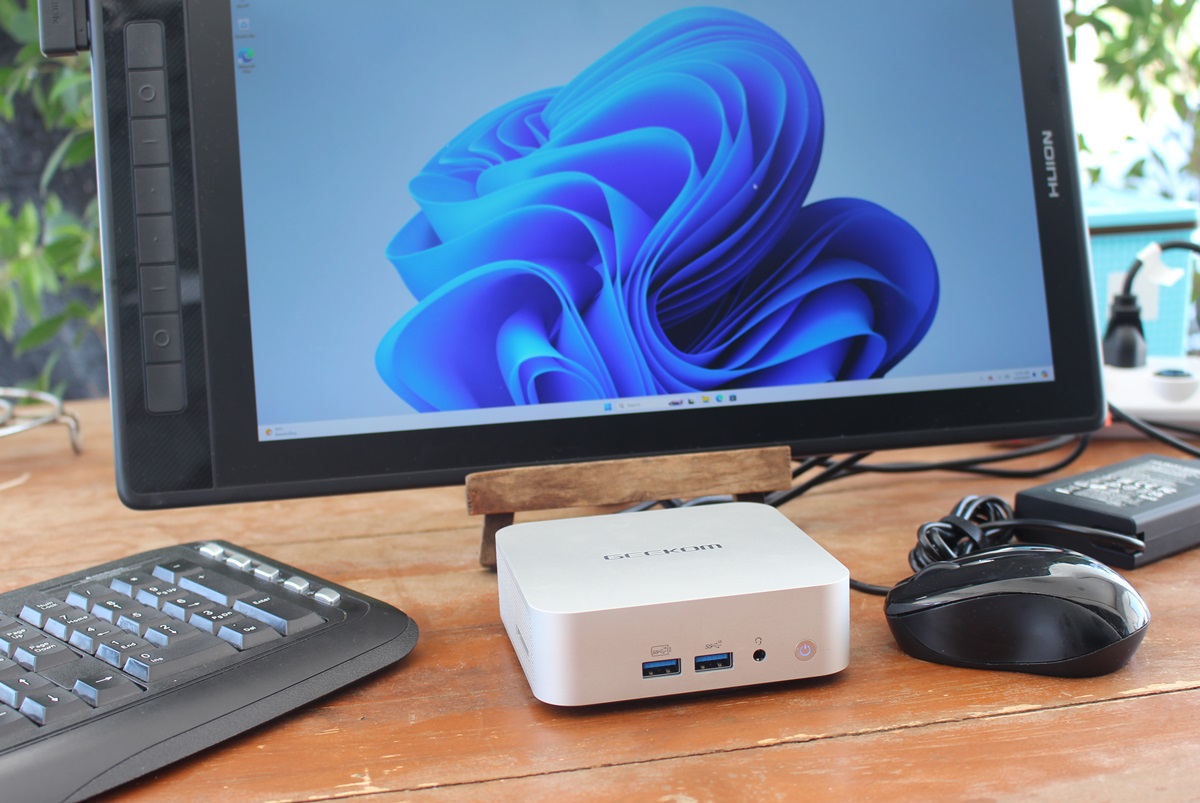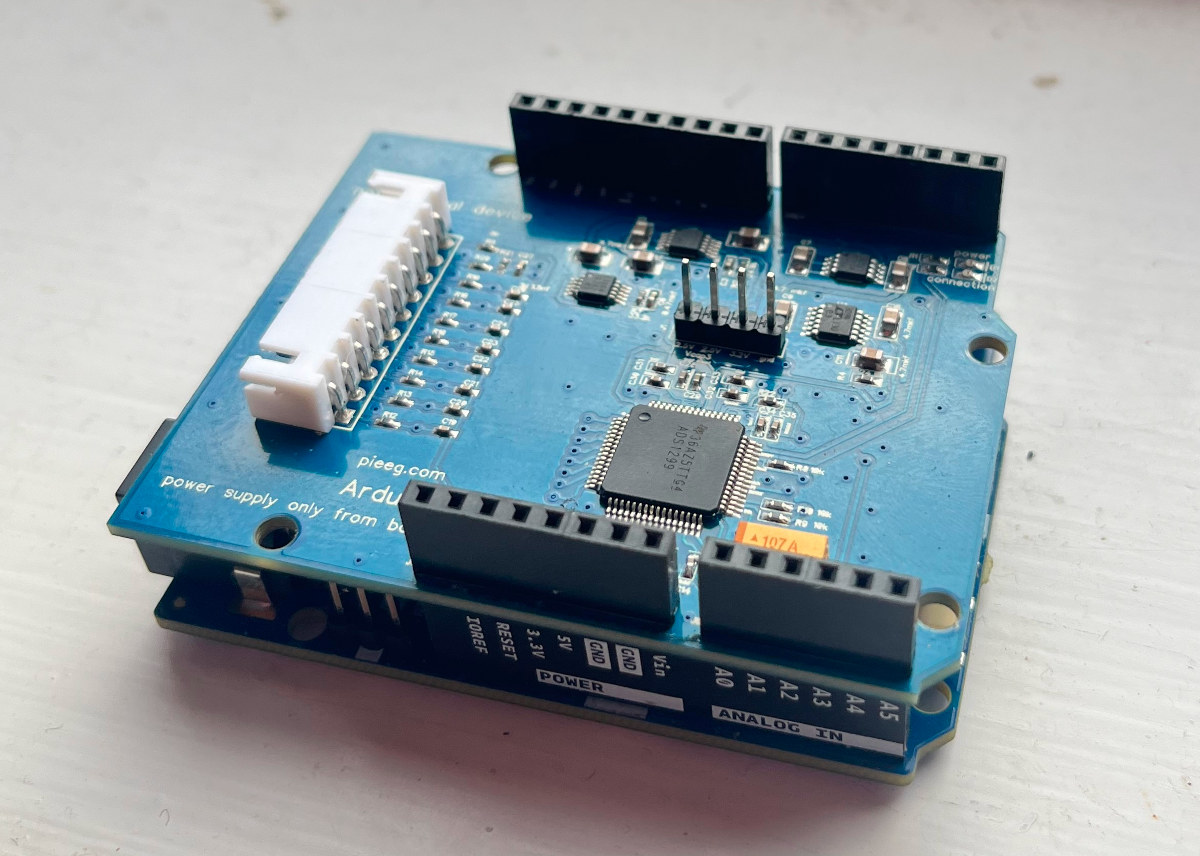First came the ROCK 5B pico-ITX SBC, then the Raspberry Pi 4-sized ROCK 5A board, and now Radxa has launched the Radxa ROCK 5C and 5C Lite single board computers powered by respectively Rockchip RK3588S2 octa-core and RK3582 hexa/octa-core “Lottery” processors. The ROCK 5C (Lite) design is very similar to the ROCK 5A, but there are some notable differences. First, it replaces the two micro HDMI ports with a single HDMI port, then it removes the Key M socket for M.2 wireless modules to make place for a built-in WiFi 6 and Bluetooth 5.4 module plus a Raspberry Pi PCIe FFC connector, and finally, the ROCK 5C does not support an SPI flash module anymore. The specifications of the ROCK 5C and ROCK 5 Lite SBC can be found in the table below. Both processors are new, so let’s have a look. First, how does RK3588S2 differ from RK3588S? They […]
/e/OS v2 privacy-focused, Google-free Android mobile OS released with improved UI, Android Auto support, etc..
The e Foundation has just announced the release of the /e/OS v2 Android-based Google-free open-source mobile operating system with an improved launcher, support for Android Auto, a “Wall of Shame” to identify the most leaking apps and tracker, QR Code scanning support in the camera app, and more. Most Android smartphones come with Google services which may be convenient (and help keep Android free), but come at the loss of the users’ privacy. That’s why the e Foundation started offering e/OS over five years ago to offer a privacy-focused version of Android without Google services on specific phones. The project has evolved over the years, over 200 mobile devices are supported officially and unofficially, and Murena, a for-profit company, has also been established to sell e/OS smartphones and cloud services. /e/OS v2 highlights and changes: Based on LineageOS 20 with the latest bug fixes and security updates (itself based on […]
SONOFF Zigbee Bridge Ultra (ZBBridge-U) Zigbee 3.0 gateway and Matter Bridge supports up to 256 sub-devices
SONOFF Zigbee Bridge Ultra, also known as ZBBridge-U, is a Zigbee 3.0 gateway and Matter Bridge powered by a 1.5 GHz Rockchip RV1109 dual-core processor and equipped with Silicon Labs EFR32MG21 multiprotocol SoC. The gateway also offers WiFi and Ethernet connectivity and supports up to 256 Zigbee 3.0 sub-devices improving on the 128 sub-devices supported by the earlier SONOFF ZBBridge-P (ESP32+CC2652P) that also lacks Matter support. The new ZBBridge-U gateway further implements a Turbo mode increasing the line-of-sight range to up to 200 meters. SONOFF Zigbee Bridge Ultra (ZBBridge-U) specifications: SoC – Rockchip RV1109 dual-core Arm Cortex-A7 @ 1.5 GHz with RISC-V MCU @ 400 MHz, 2D graphics engine, 1.2 TOPS NPU, 5MP H.264 and H.265 hardware video decoder and encoder System Memory – 1GB DDR4 Storage – 8GB eMMC flash for the OS Connectivity 10/100M Ethernet RJ45 port 2.4GHz WiFi 4 Zigbee 3.0 via Silicon Labs EFR32MG21 SoC with […]
HackBat – DIY open-source hardware Flipper Zero alternative features Raspberry Pi RP2040 MCU, ESP8266 WiFi module, RF transceiver…
HackBat is an open-source hardware pen-testing device designed for hackers and makers and equipped with a Raspberry Pi RP2040 microcontroller, an ESP8266 WiFi module, a sub-GHz RF transceiver, NFC, an OLED display, and more… It’s basically a DIY alternative to the popular Flipper Zero wireless hacking tool, that you can produce and assemble yourself. The Flipper Zero was the victim of its own success with the Canadian government (wrongly) claiming it could easily be used for car theft and planning to ban it (status still unclear right now), so Flipper Zero alternatives such as the M1 multitool device got some traction as backup solutions with some extra features. But any closed-source device could eventually be banned, something that’s close to impossible for an open-source hardware device like the HackBat although policymakers could still decide to impose heavy fines if they wanted to make this type of device illegal… HackBat key […]
NXP i.MX 95 SMARC 2.1 system-on-modules – ADLINK LEC-IMX95 and iWave iW-RainboW-G61M
Several companies have unveiled SMARC 2.1 compliant system-on-modules powered by the NXP i.MX 95 AI SoC, and today we’ll look at the ADLINK LEC-IMX95 and iWave Systems iW-RainboW-G61M and related development/evaluation kits. The NXP i.MX 95 SoC was first unveiled at CES 2023 with up to six Cortex-A55 application cores, a Cortex-M33 real-time core, and a low-power Cortex-M7 core, as well as an eIQ Neutron NPU for machine learning applications. Since then a few companies have unveiled evaluation kits and system-on-modules such as the Toradex Titan evaluation kit or the Variscite DART-MX95 SoM, but none of those were compliant with a SoM standard, but at least two SMARC 2.1 system-on-modules equipped with the NXP i.MX 95 processor have been introduced. ADLINK LEC-IMX95 Specifications: SoC – NXP i.MX 95 CPU Up to 6x Arm Cortex-A55 application cores clocked at 2.0 GHz with 32K I-cache and D-cache, 64KB L2 cache, and 512KB […]
Blaustahl USB storage device features 8KB FRAM with up to 200 years of data retention
Machdyne’s Blaustahl is a USB storage device equipped with a Raspberry Pi RP2040 MCU and 8KB of FRAM with a potential lifespan of over 200 years and designed for long-term storage of text up to about 8,000 characters. FRAM (Ferroelectric RAM) has been around for years delivering ultra-low power consumption, faster writes, and ultra-long write endurance (one million billion read/write cycles) compared to EEPROM or NOR flash, but the cost is quite higher and it’s mostly used in applications that require ultra-low power consumption and non-volatile storage write capabilities such as data logging, sensor networks, batteryless applications. The Blaustahl storage device and USB text editor is one of those. Blaustahl speciications: Microcontroller – Raspberry Pi RP2040 dual-core Cortex-M0 processor at 133MHz and 264kB RAM. Storage 4MB (32Mbit) NOR flash for firmware 8KB (64Kbit) FRAM (Fujitsu MB85RS64) Lifespan – 95 years @ +55°C, over 200 years @ +35°C Endurance – 10^12 […]
GEEKOM A8 (AMD Ryzen 9 8945HS) AI mini PC review – Part 1: Specs, unboxing, teardown, and first boot
GEEKOM A8 is an AI mini PC based on the powerful AMD Ryzen 9 8945HS (or Ryzen 7 8845HS) AI processor with AMD Radeon 780M Graphics, up to 64GB DDR5 memory, up to 2TB M.2 NVMe SSD support for up to four display up to 8K resolution, and comes preloaded with Windows 11 Pro operating system. The mini PC is equipped with two HDMI 2.1 ports, two USB-C ports with DisplayPort Alt mode, 4x USB 3.2 Type-A ports, 2.5GbE, a WiFi 6E and Bluetooth 5.3 module, and a stereo headset jack. GEEKOM sent us a sample of the A8 Mini PC with an AMD Ryzen 9 8945HS 8-core/16-thread processor, 32GB DDR5, and a 2TB M.2 NVMe SSD with Windows 11 Pro for review this time. We’ll start by listing some specifications, doing an unboxing, going through a teardown, and booting Windows 11. In the second and third parts of the […]
ardEEG shield works with Arduino UNO R4 WiFi for biosignals measurement
PiEEG has launched the ardEEG shield specially designed for the Arduino UNO R4 WiFi and capable of measuring biosignals such as those used in electroencephalography (EEG), electromyography (EMG), and electrocardiography (ECG). PiEEG, led by Ildar Rakhmatulin, Research Associate at Heriot-Watt University in Edinburgh, launched the PiEEG shield for Raspberry Pi to enable brain-computer interfaces last year, and now the company has been working on the equivalent design for Arduino with the ardEEG shield equipped with eight channel taking input from wet or dry electrodes. ardEEG shield key features and specifications ADC – Texas Instruments ADS1299 Analog-to-Digital Converter for biopotential measurements Supported board – Arduino UNO R4 WiFi 8 channels for connecting wet or dry electrodes (Electrodes are positioned according to the International 10-20 system) Host interface – Arduino headers with SPI used for data transfer with a frequency from 250 SPS to 16 kSPS and a resolution of 24 bits […]


